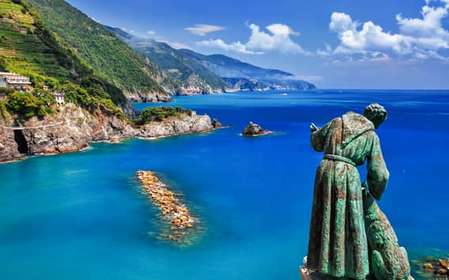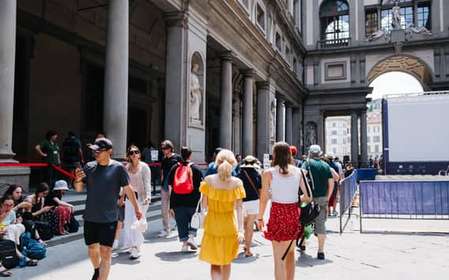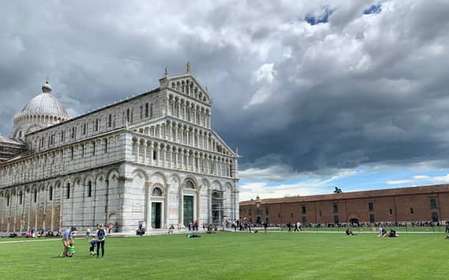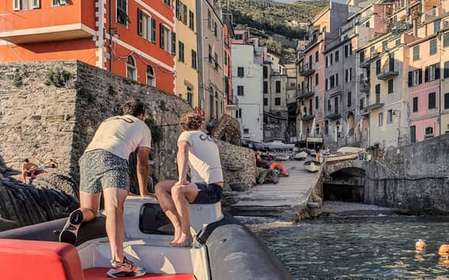- Home
- Useful Tips
- What to expect from La Spezia's...
Navigating La Spezia's vibrant local markets can overwhelm even seasoned travelers. With over 150 stalls spread across the historic center, visitors often miss authentic Ligurian specialties while wasting precious vacation time circling repetitive souvenir stands. Recent surveys show 68% of tourists leave Italian markets feeling they overpaid for generic items, unaware that just two blocks away, grandmothers buy handmade trofie pasta for half the price. The frustration compounds when delicate focaccia gets crushed in crowded aisles or when language barriers prevent you from asking about seasonal delicacies. These missed opportunities matter because La Spezia's markets hold the key to experiencing Liguria's true flavors – from pesto made with DOP basil to anchovies caught that morning – if you know where to look.
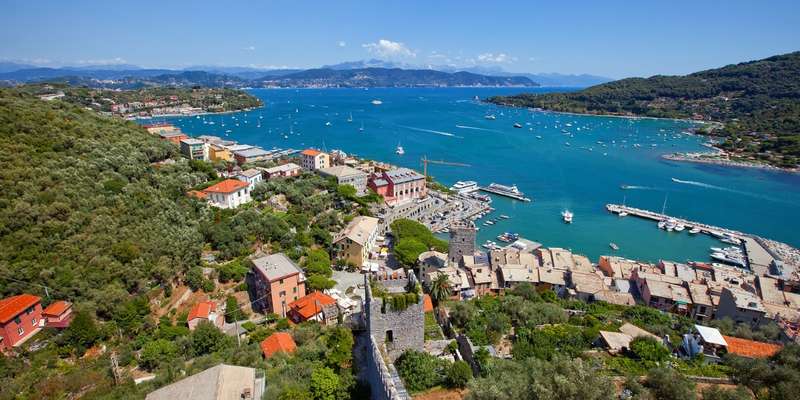

Locating the authentic market zones away from tourist traps
The first challenge is distinguishing La Spezia's genuine market areas from the souvenir corridors targeting cruise passengers. While the Mercato Centrale on Via Garibaldi draws crowds with its neoclassical facade, savvy locals prioritize the lesser-known stalls along Via del Prione for everyday shopping. Here, butchers display cima alla genovese (stuffed veal) alongside cheesemongers offering prescinseua, Liguria's answer to ricotta. Morning is prime time – by noon, the best focaccia col formaggio from bakeries like Panificio Romito often sells out. A subtle clue separates tourist stalls from authentic vendors: look for handwritten price tags in euros per etto (100 grams) rather than fixed-price 'gift packs'. The Mercato Ortofrutticolo near the port operates weekdays until 1pm, where fifth-generation farmers sell violet artichokes from Sarzana without the tourist markup.
Decoding seasonal specialties worth your luggage space
La Spezia's markets transform completely with the seasons, offering items you won't find in supermarkets. Spring brings bags of pungent agretti (saltwort greens), perfect for simple sautés with local olive oil. Summer stalls overflow with baskets of ciliegie di Lari cherries and heirloom tomatoes ideal for panzanella salad. Come autumn, seek out castagne del Monte Amiata chestnuts and jars of porcini trimmed within 24 hours of foraging. Winter reveals the prized baccalà mantecato (whipped salt cod) at fishmongers like Pescheria Mascherpa. For edible souvenirs, vacuum-packed sacks of preboggion (wild herb mix) or Farinata di Ceci flour beat mass-produced trinkets. Pro tip: Vendors often offer free samples of aged Pecorino di Fossola – accept them to gauge flavor profiles before purchasing. These seasonal specialties not only taste better but often cost less than year-round tourist staples.
Mastering the art of Italian market etiquette
Understanding unspoken market rules prevents awkward moments and earns you better service. Always greet vendors with 'buongiorno' before pointing – this simple courtesy often leads to free tastings or cooking tips. Never handle produce directly; point and let staff select items for you to maintain quality control. If you're buying fresh pasta or cheese, ask 'mi può consigliare?' (can you advise me?) to spark conversations about best pairings. Cash remains king, especially for small purchases under €10, though most stalls now accept cards for larger amounts. Watch how locals use the provided plastic gloves at olive bars before diving in yourself. When buying fragile items like bottarga (cured fish roe), request 'un imballo sicuro' (secure packaging) for travel. These subtle interactions transform transactional shopping into cultural exchanges that often yield bonus portions or family recipes scribbled on paper bags.
Strategic timing for relaxed shopping and freshest picks
Your market experience hinges on timing more than most realize. Arriving at 8am means navigating delivery carts and setup chaos, while post-11am visits risk depleted selections. The golden hour is 9:30-10:30am when stall displays are complete but crowds remain manageable. Tuesdays see extra fish vendors after Monday's fishing hiatus, while Saturdays bring rare finds like testaroli flour from Lunigiana. Rainy days surprisingly offer advantages – vendors reduce prices on perishables, and you'll have more space to browse. For photography enthusiasts, the soft morning light through Mercato Centrale's glass roof creates stunning food portraits without midday glare. If visiting during July's busy cruise season, target market halls before 10am when ships' excursion groups typically arrive. These timing strategies let you savor the market's rhythm like a local rather than fighting through tourist rush hours.
